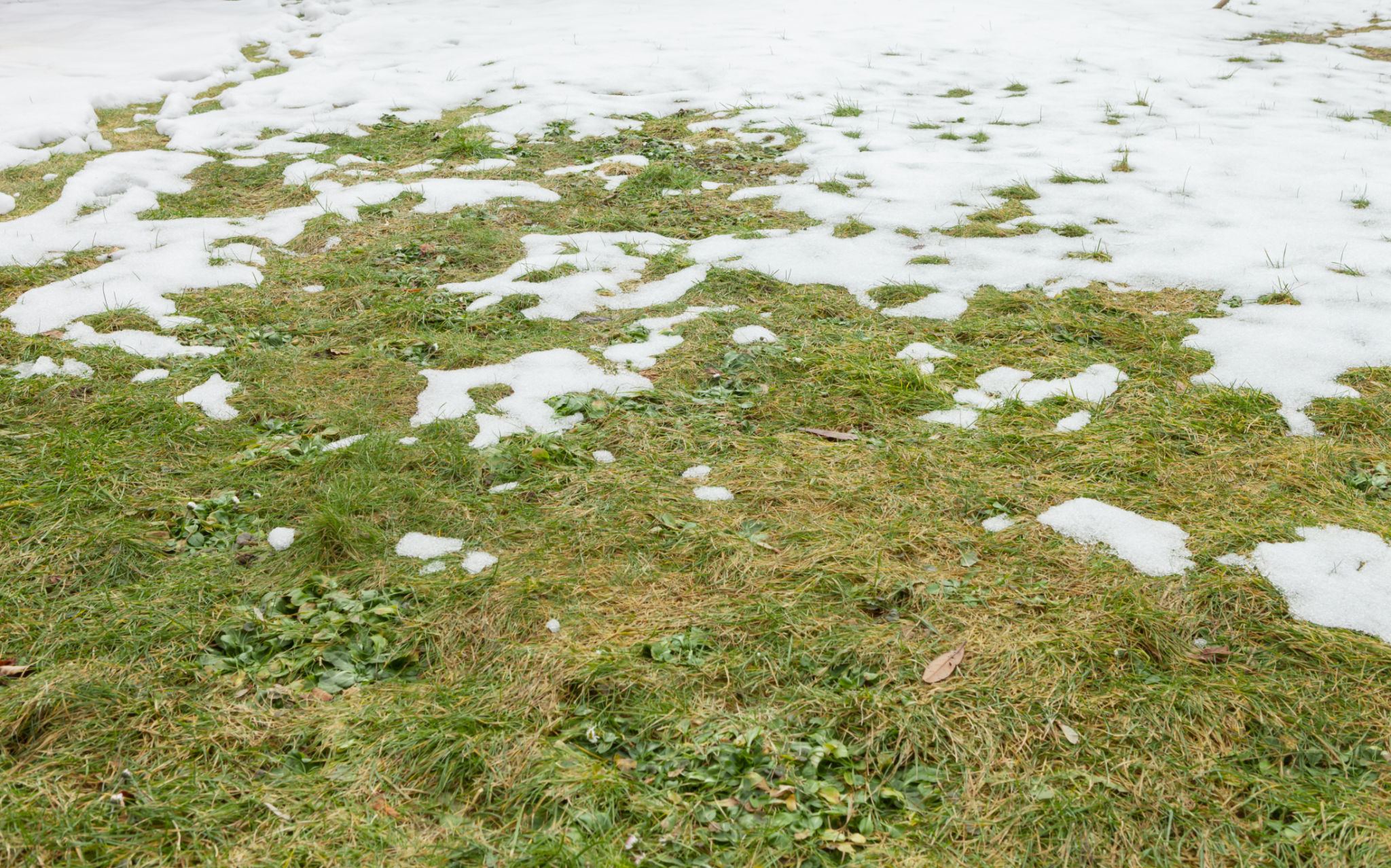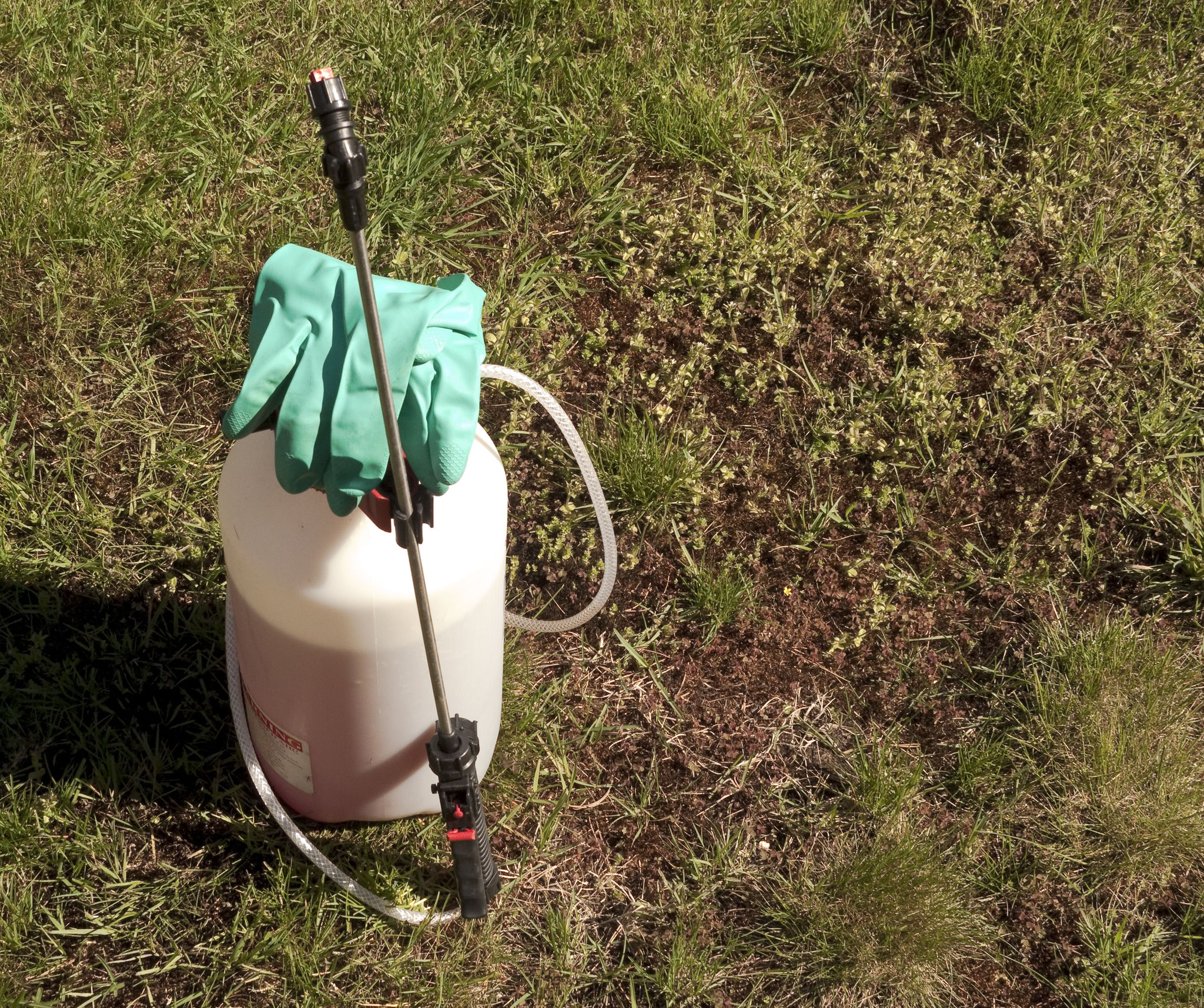How to Prepare Your Lawn for Spring: Essential Gardening Tips
HS
Assessing Your Lawn's Current Condition
As winter fades away, it's crucial to take stock of your lawn's current state. Look for any signs of damage caused by the cold months. Check for bare patches, dead grass, or areas where weeds have started to establish themselves. Understanding these issues early on will help you tailor your spring lawn care plan effectively.

Clearing Debris and Thatch
The first task in preparing your lawn for spring is to clear away any debris that has accumulated over the winter. This includes fallen leaves, twigs, and any other organic matter that could prevent sunlight and air from reaching the grass. Additionally, remove thatch—a layer of dead grass that can suffocate your lawn if it becomes too thick.
Use a rake to gently remove debris and thatch. This process not only cleans up the lawn but also stimulates grass growth by allowing nutrients and water to penetrate the soil more effectively.
Soil Testing and Fertilization
Understanding the health of your soil is essential for a thriving lawn. Conduct a soil test to determine its pH level and nutrient content. Based on the results, you can choose the right type of fertilizer to provide the necessary nutrients for your grass.

Spring is the ideal time to fertilize your lawn, as it gives the grass a much-needed nutrient boost to recover from winter dormancy. Opt for a slow-release fertilizer to ensure a steady supply of nutrients over time.
Aerating Your Lawn
Aeration is a vital step in preparing your lawn for spring. Compacted soil can hinder root growth and water absorption. By aerating your lawn, you create small holes that allow air, water, and nutrients to reach the grass roots more effectively.
You can use a manual or mechanical aerator, depending on the size of your lawn. Aeration should be done when the soil is moist but not overly wet to maximize its effectiveness.

Overseeding for a Lush Lawn
If your lawn has bare patches or thin areas, overseeding can help restore its lush appearance. Choose a grass seed that matches your existing lawn type and spread it evenly over the areas that need improvement.
Ensure that the seeds have good soil contact by lightly raking them into the ground. Keep the newly seeded areas consistently moist until the grass establishes itself, which typically takes a few weeks.
Watering Wisely
Proper watering is crucial for maintaining a healthy lawn. Water deeply but infrequently to encourage deep root growth. The best time to water is early in the morning when evaporation rates are low. Aim for about one inch of water per week, including rainfall.
Adjust your watering schedule based on weather conditions and your lawn's specific needs. Overwatering can lead to shallow roots and increased susceptibility to pests and diseases.
Weed Control Strategies
Spring is an ideal time to tackle weeds before they become a bigger problem. Apply a pre-emergent herbicide to prevent weed seeds from germinating. For existing weeds, consider spot-treating with a post-emergent herbicide.

Maintaining a healthy lawn through proper mowing and fertilization can also help reduce weed growth by crowding them out with robust grass.
By following these essential gardening tips, you'll set your lawn up for a successful spring and summer season. Regular maintenance and attention will ensure that your lawn remains vibrant and healthy throughout the year.